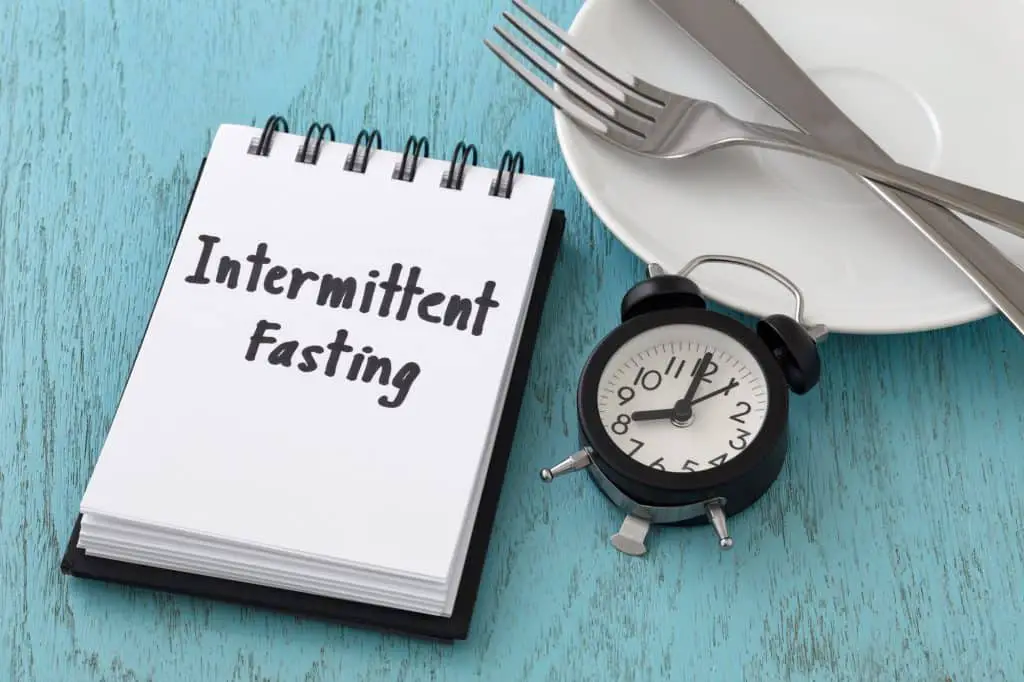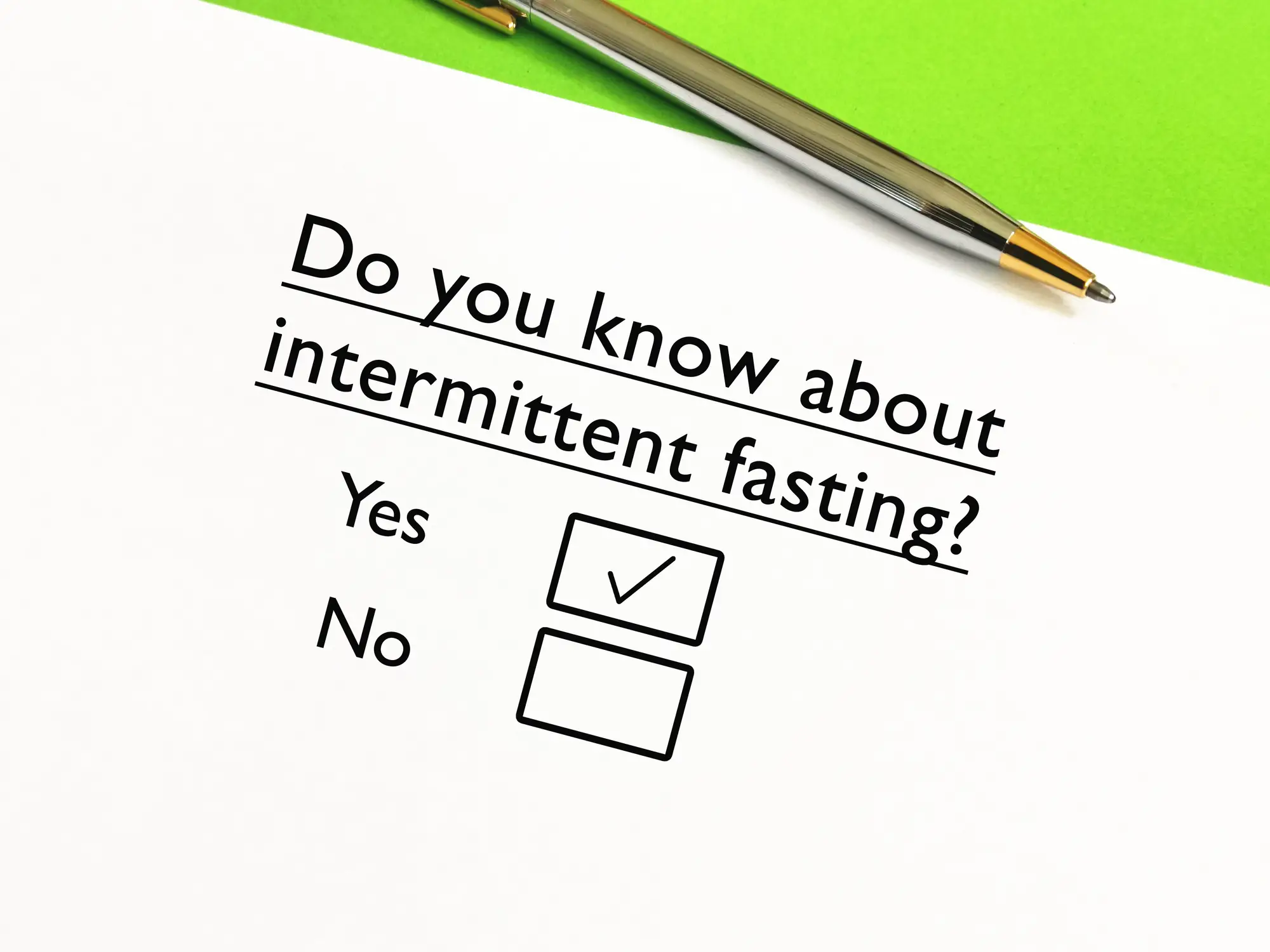Intermittent fasting and the keto diet can be a powerful combination for achieving weight loss, better blood sugar control, and increased cognitive function. On their own, each of these dietary practices has been shown to have numerous health benefits. However, combining them can be an even more powerful tool. But how often should you fast on a keto diet? In this blog post, we’ll explore the best practices for incorporating intermittent fasting into your keto lifestyle.
How Does Intermittent Fasting Work?
Intermittent fasting is a popular dieting technique that involves cycling between periods of consuming food and not eating for a set amount of time. The idea behind IF is to reduce overall calorie consumption by limiting the number of meals eaten during the day. Intermittent fasting can be done in various ways, including daily 16-hour fasts or longer 24-hour fasts done twice a week.
The most common way to practice IF is to eat for 8 hours each day and fast for 16 hours. During the 8-hour window, people may still consume multiple meals but limit their overall calorie intake. During the 16-hour fast, no food or calories are consumed and the body is given time to rest and digest from the previous meal. This pattern of eating can help reset metabolism, reduce inflammation, increase fat burning, and improve blood sugar levels while also promoting weight loss over time.
Intermittent fasting can be a great tool for those looking to lose weight and improve their health, as it helps promote control over caloric intake. By restricting your food intake to just 8 hours out of every 24 hours, individuals can easily create an energy deficit needed for weight loss without feeling overly restricted or deprived of certain foods like with traditional diets. Additionally, IF has been linked to numerous other health benefits such as reducing risk factors for insulin resistance, high blood sugar, type 2 diabetes, increased body weight, and heart disease.

Start Slow
If you are new to keto or intermittent fasting, it’s important to start slow. The goal is to give your body time to adjust to a different way of eating. Begin by skipping breakfast and fasting for 12-16 hours overnight, before breaking your fast with lunch. As you become more comfortable, increase your fasting window gradually and experiment with different fasting schedules to find what works best for your lifestyle and health goals.
Listen to Your Body
While intermittent fasting can be a powerful tool, it’s important to listen to your body. If you’re feeling weak, dizzy, or overly hungry, it’s time to break your fast. Fasting shouldn’t cause you to feel sick or uncomfortable. If it does, try a shorter fast or adjust your eating schedule to something that feels more manageable.
Everyone does have their own unique eating pattern. The key is to find the one that works best for you.
Find the Right Balance
The timing and duration of your fast depend on your goals and lifestyle. People often use a variety of intermittent fasting schedules, including the 16:8 method (fasting for 16 hours and eating within an 8-hour window) and the 5:2 diet (eating normally for five days a week and limiting caloric intake to 500-600 calories for two non-consecutive days).
Some other people live on one meal a day, every day for their time restricted eating window. Others alternate day fasting.
Are There Any Known Health Risks of Doing Keto and Intermittent Fasting Together?
Intermittent fasting is a dietary approach that involves cycling between periods of eating and periods of fasting. This type of diet can be tailored to fit the needs of an individual, and can range from daily 16-hour fasts to weekly 24-hour fasts. When following this type of diet, one focuses on the timing and duration of their meals in order to reap the health benefits associated with intermittent fasting. During the fasting period, food intake is restricted and only low-calorie beverages are allowed; while during the eating period, individuals are free to eat whatever they choose.
One of the primary benefits of intermittent fasting is its potential for boosting weight loss. Intermittent fasting allows the body to enter a state where it burns fat for energy instead of glucose. Additionally, some studies have found that intermittent fasting can help improve insulin sensitivity and decrease inflammation.
While there are numerous health benefits associated with intermittent fasting, there is also some debate about combining this practice with keto dieting. The keto diet has been found to reduce inflammation, control blood sugar levels, and promote weight loss; however, if combined with intermittent fasting it could lead to nutrient deficiencies as well as dehydration due to being in a caloric deficit for too long at a time. For this reason, it’s important for individuals considering combining these two practices to speak with a healthcare professional beforehand and ensure they are meeting their nutritional needs while following both diets simultaneously.

Be Mindful of Carbohydrates
A low carbohydrate diet is important to get into ketosis and stay there. What you may not know is that carbohydrate intake can also impact the success of your fasting schedule. When you consume carbs, your body produces insulin, which can impact your ability to burn fat for fuel and maintain good ketone levels.
This can make it harder for you to fast successfully. To make fasting easier and more effective, aim for low-carb meals throughout the day, and focus on high-fiber sources of carbohydrates, like leafy greens and non-starchy vegetables.
Mix It Up
A common mistake when fasting on a high fat low carb diet is sticking to the same schedule for too long. The body is great at adapting to routines, and if you don’t change up your schedule occasionally, you may experience a plateau in your fat burning mode.
Mixing up your fasting windows and adjusting your meal timing can help prevent this from happening. Ideally, fasting on a keto diet should be a flexible tool that you can adapt to your needs and health goals.
The Benefits of Pairing Keto Plus Intermittent Fasting Plan
Incorporating intermittent fasting into your keto lifestyle can be a powerful tool for achieving better health and weight loss. Finding the right balance is key, and this may require some experimentation to find what works best for you. Starting slow, listening to your body, and mixing up your fasting windows can help you stay on track and achieve your desired results.
It’s ok to exercise, but listen to your body. And make sure you stay well hydrated. As always, consult with your doctor before starting any exercise or diet program.




